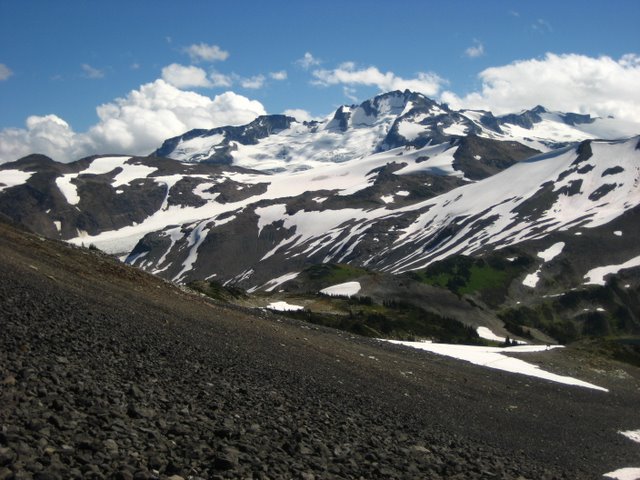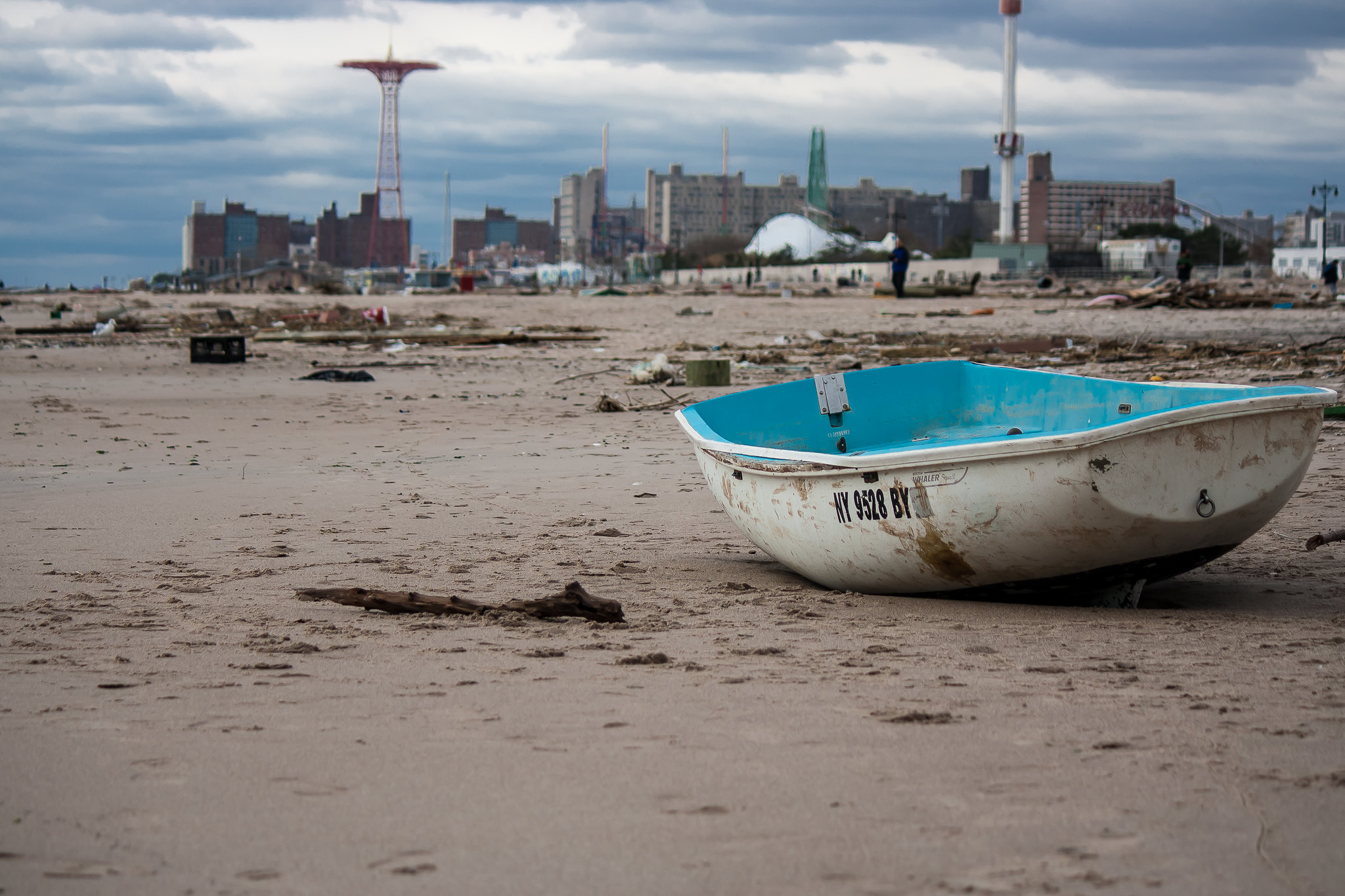53

The Intergovernmental Panel on Climate Change (IPCC) concluded the “observed increase in global average temperatures since the mid-20th century is very likely (> 90% probability) the result of human activities that are increasing greenhouse gas concentrations in the atmosphere” (World Tourism Organization, 2008a, p. 38). Climate change should be considered to be one of the most important challenges currently facing the tourism industry.
Take a Closer Look: Climate Change and Tourism
The report entitled Climate Change and Tourism: Responding to Global Challenges, published by the World Tourism Organization (2008b), discusses the implications of climate change to the global tourism industry. It also suggests climate change adaption measures to be undertaken. Find the full report as a PDF at Climate Change and Tourism: Responding to Global Challenges.
Impacts of Climate Change
According to the World Tourism Organization, impacts from climate change on tourism include the following (2008a):
Direct climate impacts are changes that occur as a result of warming trends, cooling trends, or extreme weather events. Examples include a lack of snow to operate mountain resorts, melting glaciers in mountainous regions, and floods, landslides, and wildfires that could affect tourist areas.

Indirect environmental change impacts are the byproducts of climate change. Global temperature changes may create water shortages, a loss of biodiversity, impacts to landscape aesthetics, and damage to infrastructure through extreme weather events. Examples in tourism include the inability to maintain resort facilities in desert environments due to water shortages, erosion of tropical atolls from rising sea levels, extinction of valuable wildlife species due to changes in habitat, and increased costs of maintaining infrastructure in the face of environmental change.
Impacts of mitigation policies on tourist mobility will become apparent as the tourism industry adjusts to environmental changes. Environmental impact mitigation strategies may create challenges for the long-term sustainability of the tourism industry. Tourism products may be offered over a shorter season, prices may increase due to a rise in operating costs, and there may be a shortage of pristine natural areas available for visits.
Indirect societal change impacts will slowly become apparent. Economic growth may be stunted in some areas and increase in others, creating societal inequality between nations. Political instability may arise in areas that are facing drastic environmental impact. All these changes will present new challenges to the industry and may threaten the long-term security of the industry (Watson, Zinyowera, & Moss, 1997; World Tourism Organization, 2008a).
Table 10.1 provides a detailed list of these impacts and their implications for tourism, as compiled by the World Tourism Organization.
| [Skip Table] | |
| Impact | Implications for Tourism |
|---|---|
| Warmer temperatures | Altered seasonality, heat stress for tourists, cooling costs, changes in plant-wildlife-insect populations and distribution, infectious disease ranges (e.g., mountain pine beetle infestation in BC) |
| Decreasing snow cover and shrinking glaciers | Lack of snow in winter destinations, increased snow-making costs, shorter winter sports seasons aesthetics of landscape reduced (e.g., early closure of Lower Mainland mountain resorts due to lack of snow in 2014) |
| Increasing frequency and intensity of extreme storms | Risk for tourism facilities, increased insurance costs/loss of insurability, business interruption costs (e.g., superstorm Hurricane Sandy and its destruction of parts of Coney Island) |
| Reduced precipitation and increased evaporation in some regions | Water shortages, competition over water between tourism and other sectors, competition for water between visitors and residents, desertification, increased wildfires threatening infrastructure and affecting demand (e.g., drought in California) |
| Increased frequency of heavy precipitation in some regions | Flooding damage to historic architectural and cultural assets, damage to tourism infrastructure, altered seasonality (e.g., flooding in Souris, Manitoba, causing washout of swinging bridge attraction) |
| Sea level rise | Coastal erosion, loss of beach area, higher costs to protect and maintain waterfronts (e.g., threat to PEI’s historic West Point Lighthouse; now close to falling off cliff due to erosion) |
| Sea surface temperatures rise | Increased coral bleaching and marine resource and aesthetics degradation in dive and snorkel destinations, increased invasive species in waterways (e.g., threat from yellow perch driving out salmon in BC rivers and lakes) |
| Changes in terrestrial and marine biodiversity | Loss of natural attractions and species from destinations, higher risk of diseases in tropical-subtropical countries (e.g., heavy rainfall leading to an increase in dengue fever and malaria) |
| More frequent and larger forest fires | Loss of natural attractions; increase of flooding risk; damage to tourism infrastructure (e.g., destruction of Kettle Valley Railway bridges used by cyclists in 2003 BC forest fire) |
| Soil changes (e.g., moisture levels, erosion, and acidity) | Loss of archaeological assets and other natural resources, with impacts on destination attractions |
| Data source: World Tourism Organization, 2008a, p.61 | |
To understand how we might begin to address these impacts and other environmental issues, it’s helpful to understand the fundamentals of environmental stewardship theory, which is explored in the next section.

